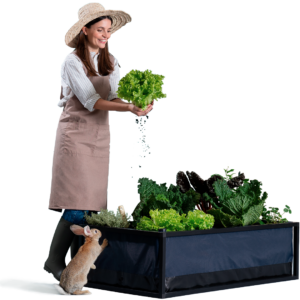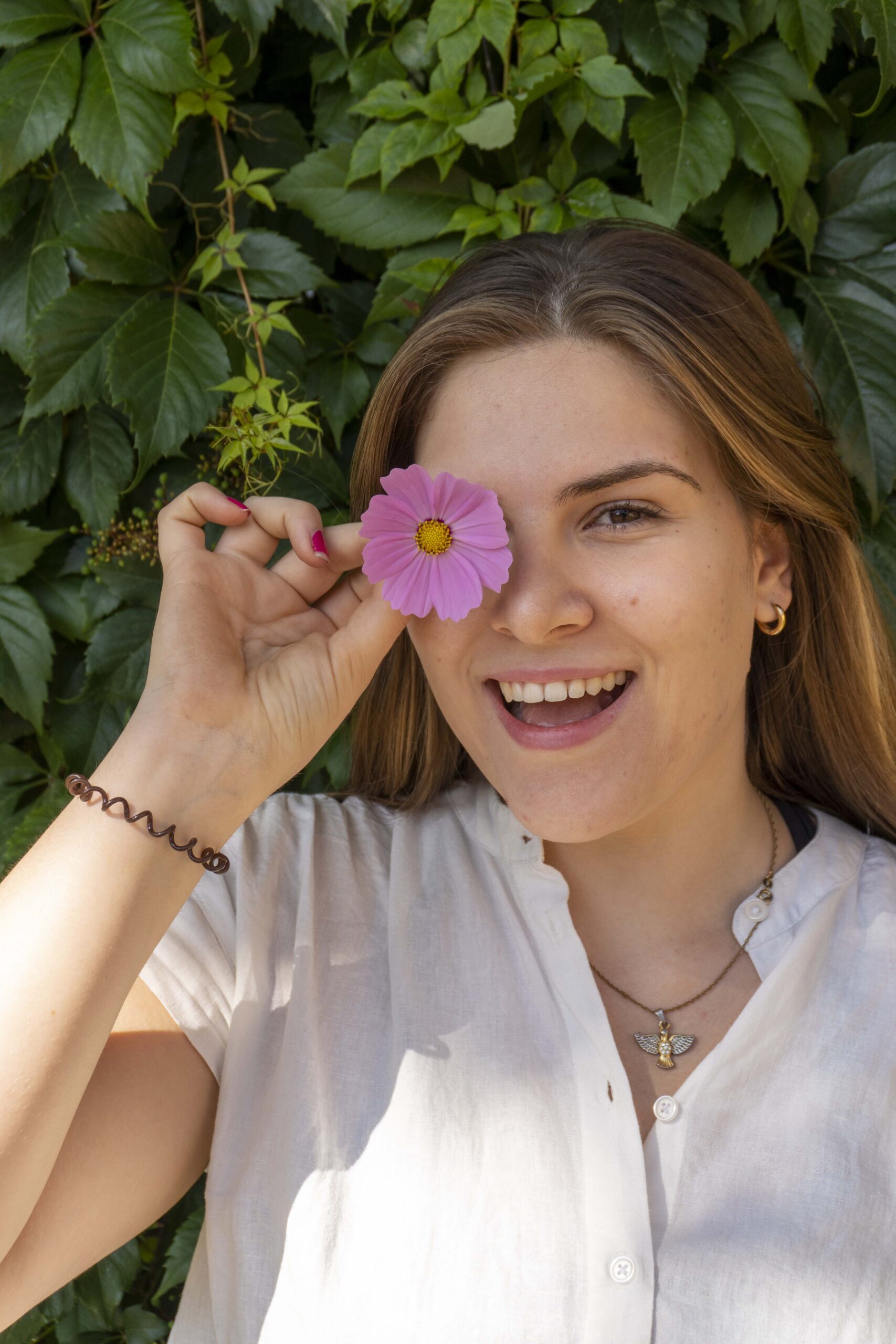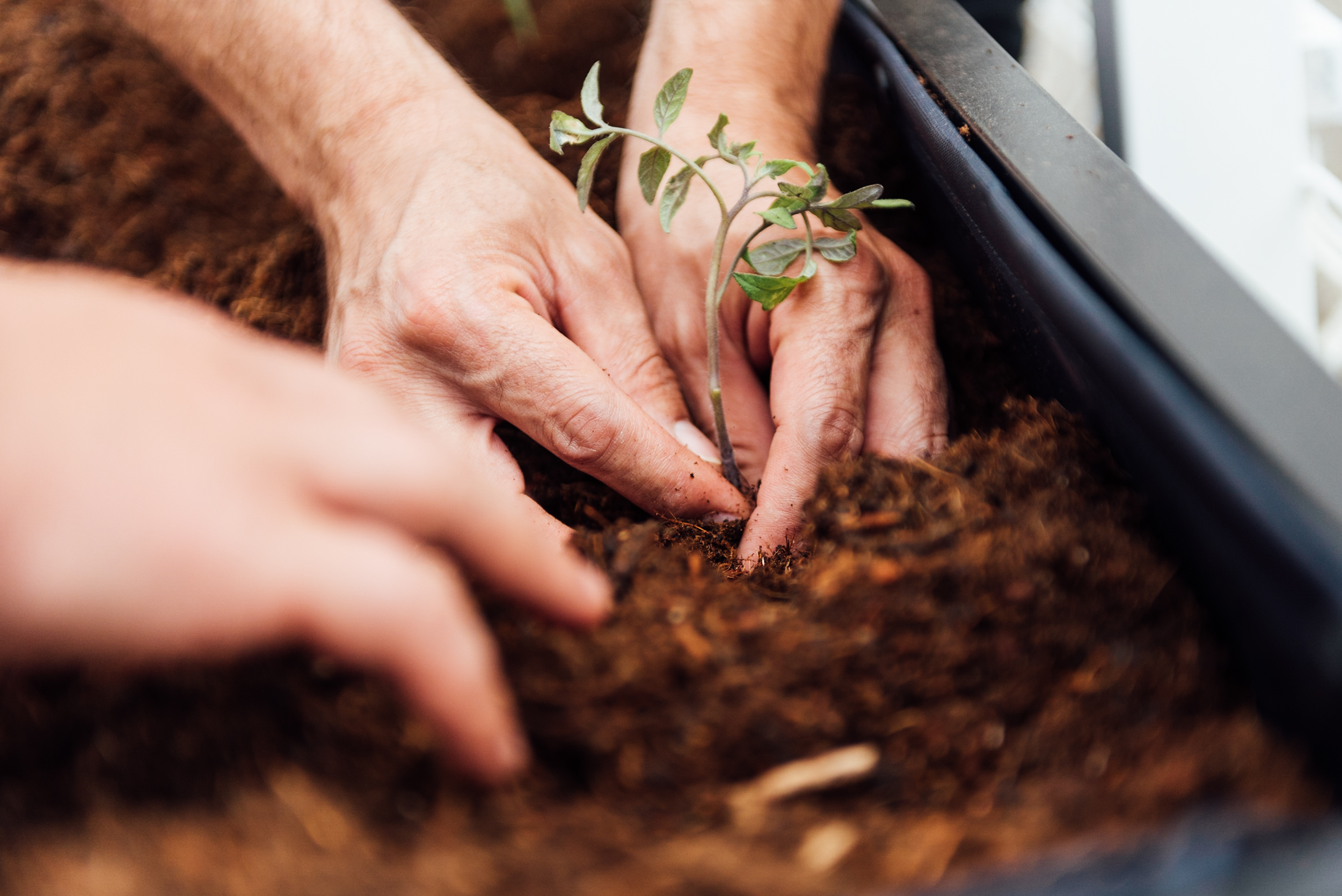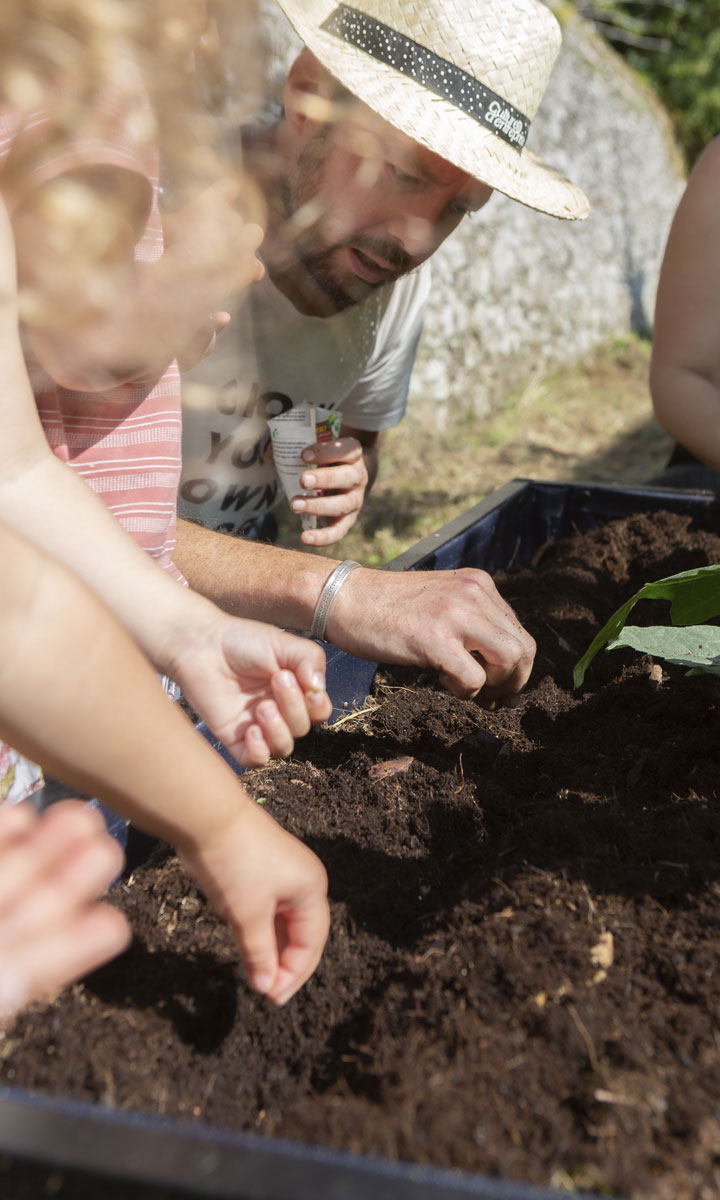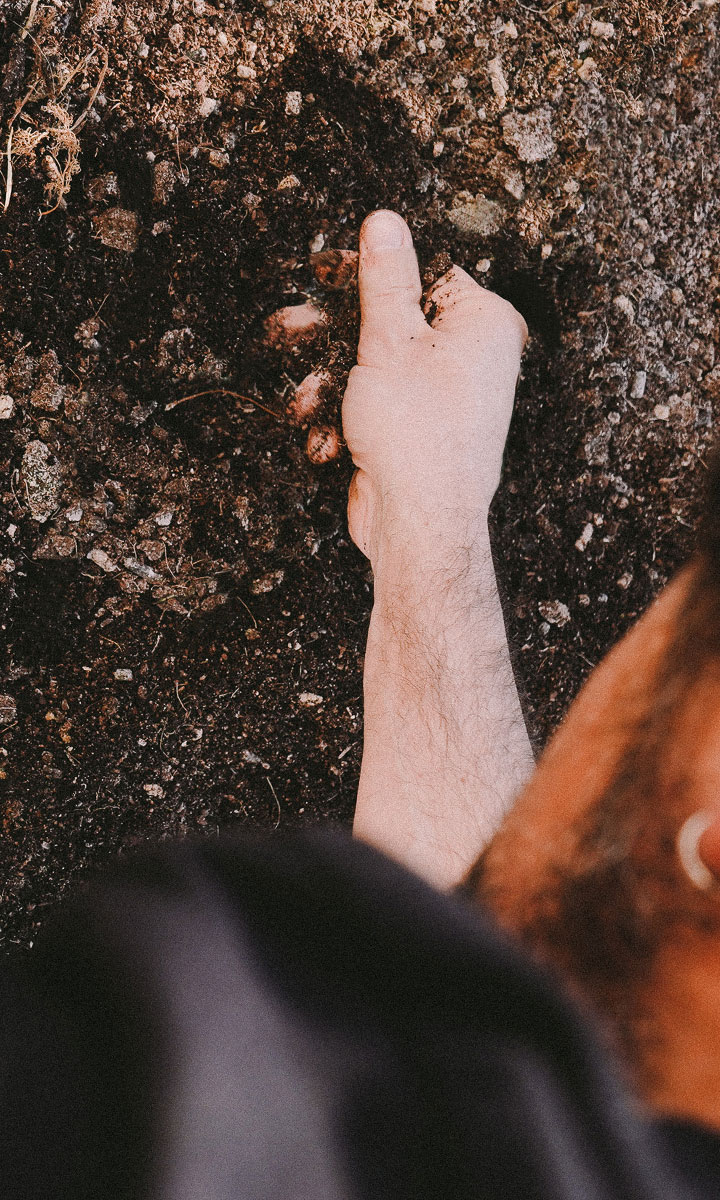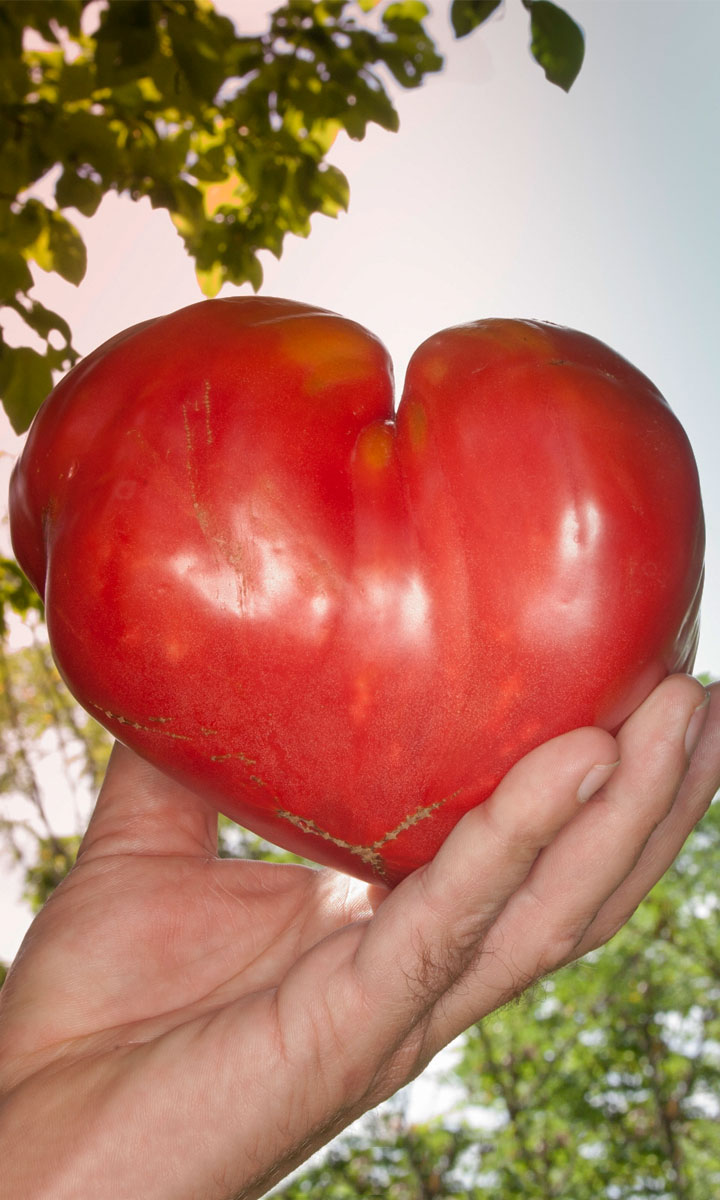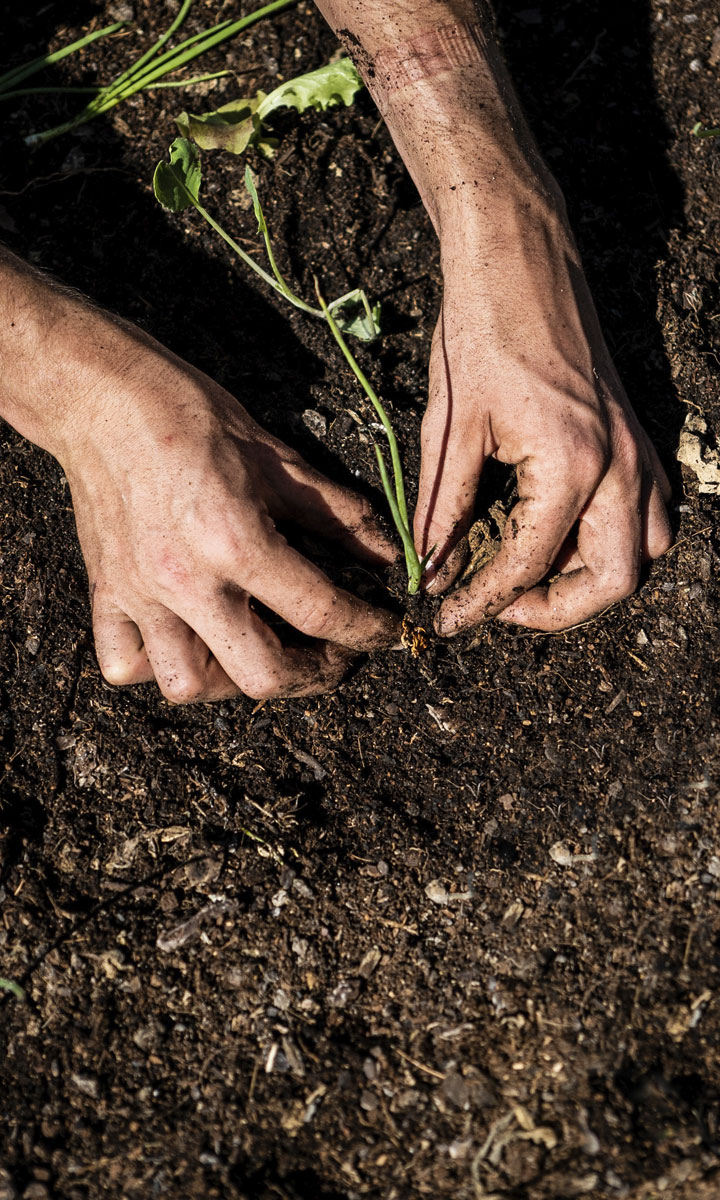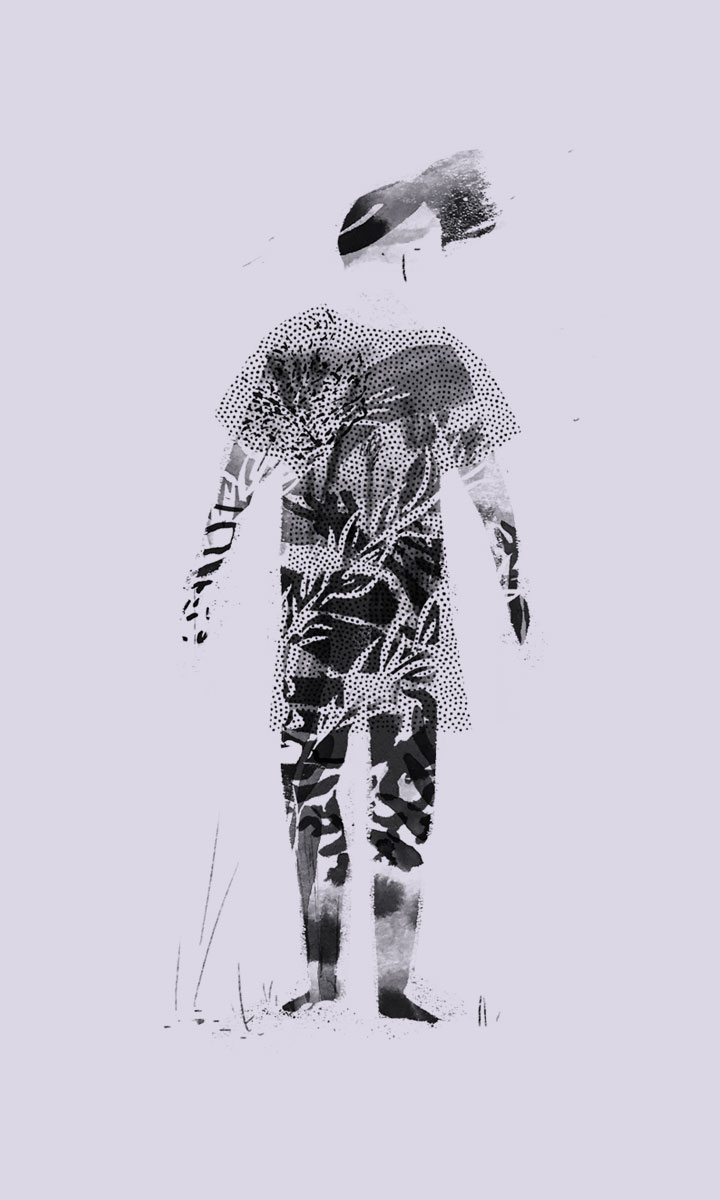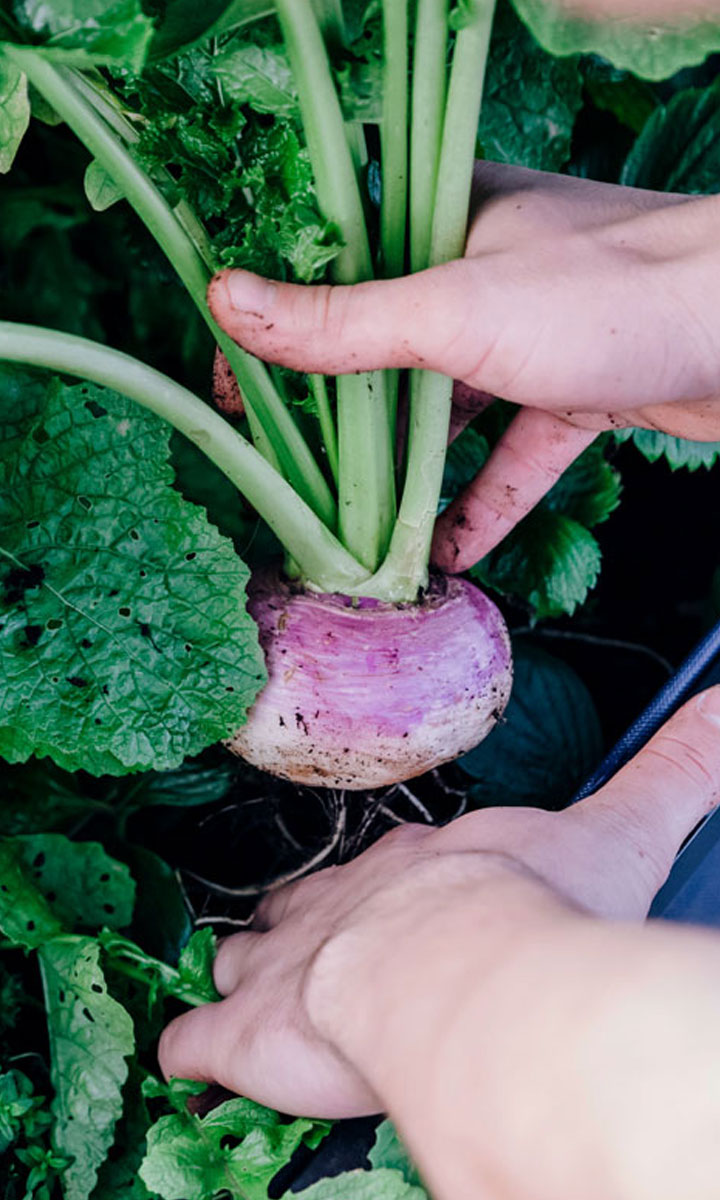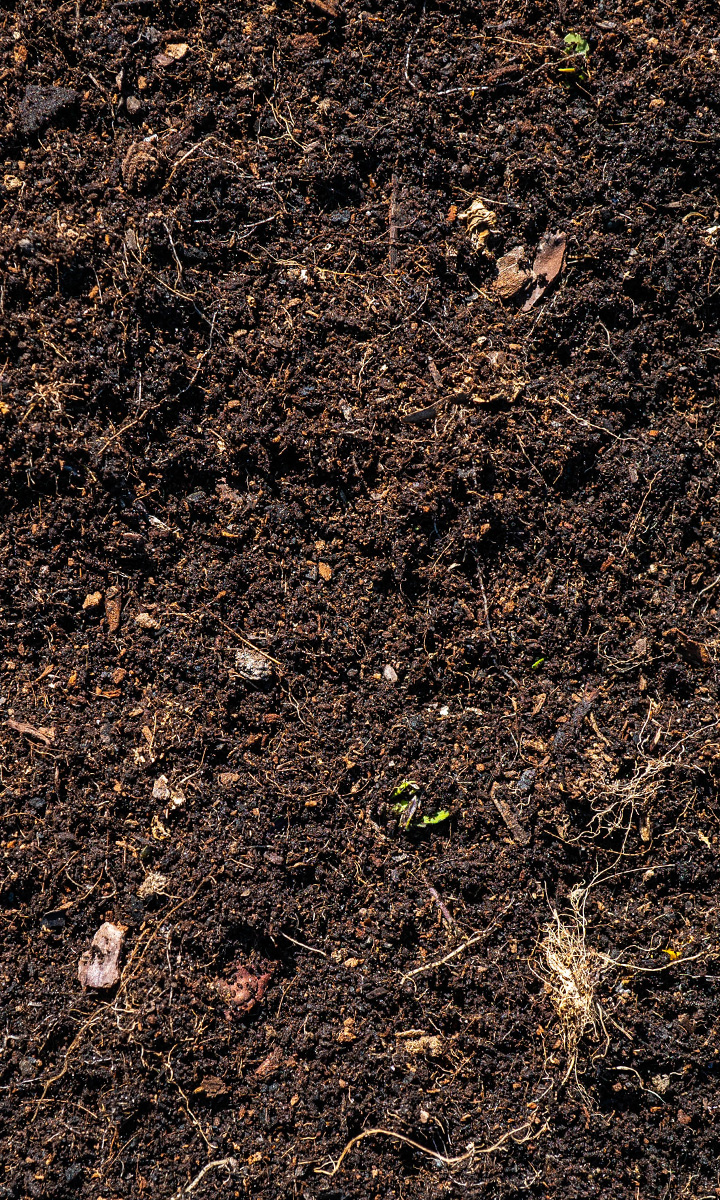Learning how to sow.

Henrique Dias
“Seeds are like little time capsules that preserve the past and transport it into the future.” That’s how the well-known botanical explorer Joseph Simcox describes them.
Therefore, learning how to sow and creating the ideal conditions for your seeds to germinate and grow into plug plants is, in part, helping to build the bridge between the past and the future. Learning to sow is also learning to collaborate with the natural cycle of life and the process of species propagation.
The truth is that, with or without our help, this uninterrupted cycle keeps happening: seeds germinate, the little plant grows, blooms and produces new seeds which will eventually fall into the ground and germinate again.
Yet as Joseph Simcox points out, we have the opportunity to intervene in this magical, autonomous dynamism of (apparently) inert objects transforming into life. We just need to know how best to do it!
How to sow: different sizes means different needs.
Seeds are the plant’s embryo. In them, they hold the energy and nutrients needed to germinate and survive through the first days of growth. When looking at their size, we can get an idea of how deep we should sow them and at what distance from one another.
Small seeds, or actually “tiny” seeds, such as coriander, radish or arugula seeds, need to be buried near the surface. As their size suggests, they contain little energy to sprout through great depth. On the other hand, bean, pumpkin or zucchini seeds, with larger dimensions, contain more energy to sprout and should be sown deeper in the soil. Also, as you may guess, these will grow into bigger adult plants than the previous group, so you should leave more space between them when sowing (one to two feet apart).
Ensuring the right conditions.
Once sown, the seed starts its germination process. Like a baby in its mother’s womb, it is very delicate and requires specific conditions: constant temperature, regular humidity and sufficient light.
Practically speaking, the soil must remain moist and with good exposure to sunlight. However, all this must happen in a sheltered place, protected from wind or frost and with few temperature fluctuations.
Sowing can be done in furrows, distributing seeds regularly along a line, or in “holes”, tossing three to four seeds into each hollow.
Furrows typically work better for plants that need a shallow seeding depth, and the seeds can be spread freely as this crop probably tolerates high density. Holes are instead used for larger seeds, as they allow greater depth and better control of the distance between plants and number of seeds per hole (2 to 4).
In mild climates, assuming we’ve chosen the right crops for the season, you can normally sow directly in your Growbed outdoors. Otherwise, especially during the cold months, we strongly recommend sowing indoors.
This can be done in a simple egg carton or yoghurt cup (with a small hole in the base) or a small pot or organic container. Place it by the window or in another bright place inside the house, and make sure to keep the soil moist and the temperature mild.
Once it’s sown, it will grow.
Within a few days after being sown, the plant will begin to sprout at the surface of the ground. Paired leaves should soon appear.
If more than one plant sprout in the same spot or too close to one another, remove the one that looks “weakest”, leaving the one in better condition free to grow.
By the time the plant has four to six leaves, you can transplant it to its final location. Be aware that it is still in very fragile condition, so be careful not to break its stem or damage its roots.
Once in their new home, the Noocity Growbed, the young plants need to be watered from the top for a few days, as their roots aren’t able to reach the water from the sub-irrigation system yet.
We could write a whole new chapter about preserving and choosing the right seeds, but we can tell you right now that with time, all seeds lose their capacity to properly germinate. Therefore, it is important to follow the expiration date on their package. If you want to collect and store your own seeds, make sure you write down when you collected them, and keep them in a dark, dry place for no more than one year.
